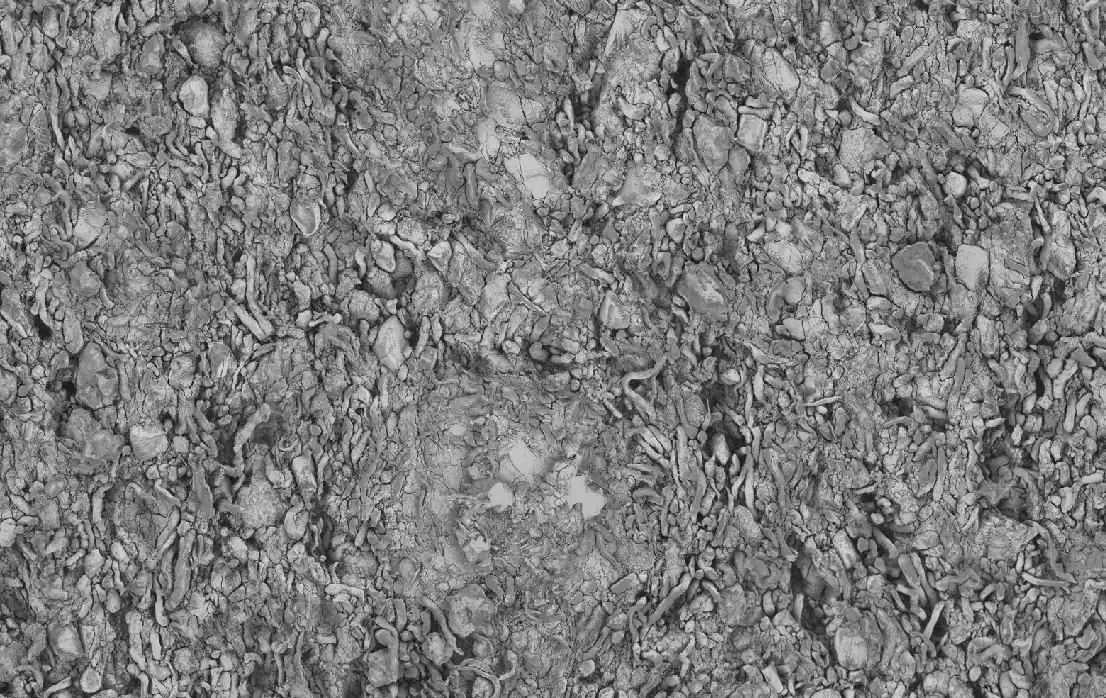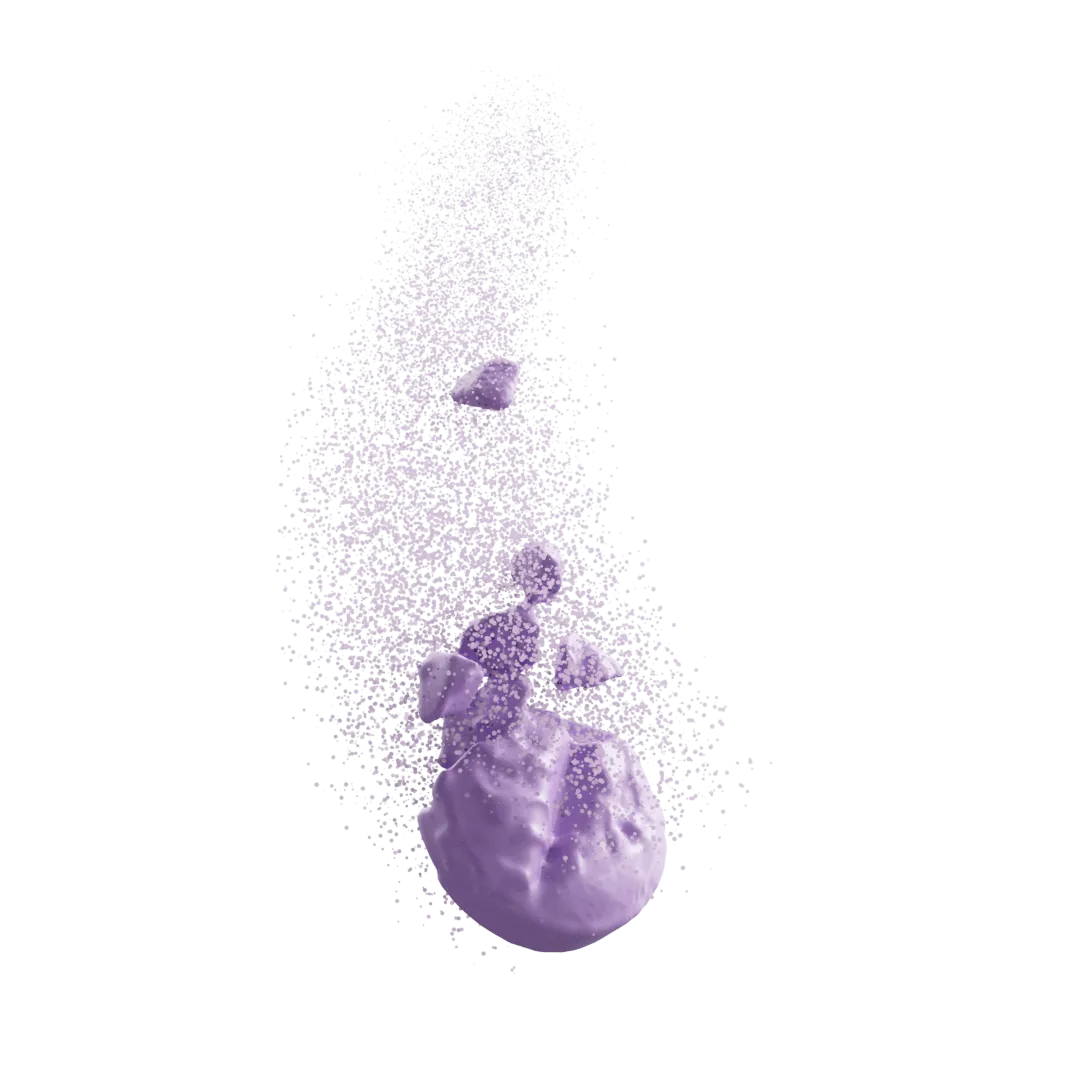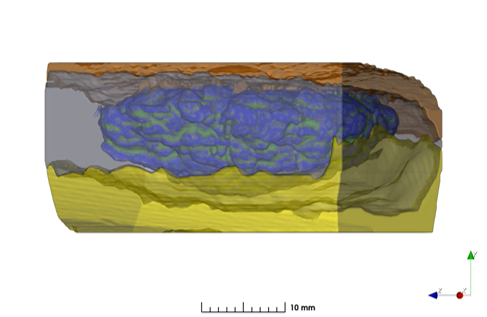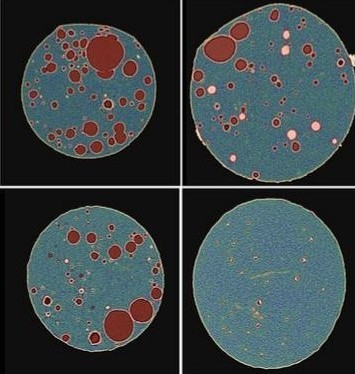Controlled Release Microencapsulation
Transport Mechanisms of Controlled Release Wurster Coated Pellet

Mass transport mechanisms of drug release through a microencapsulation pellet formulation were investigated with focused ion beam scanning electron microscopy (FIB-SEM). Through careful control of imaging conditions, sub-surface cross sectional images were acquired on two coated pellet samples manufactured by a Wurster fluid bed coating process. Image analysis of microporosity, pore size distribution, and pore connectivity in 3D provided a matrix of parameters to quantitatively compare samples from different formulations and processing conditions.

Image-based computational fluid dynamics simulations were employed to correlate membrane microporosity with flow permeability. Through high resolution FIB-SEM characterization, quantitative microporosity analysis, and mechanistic investigations of flow via image-based simulations, it was found that a 10% difference in the water content of the mixed aqueous-organic solvent used to dissolve polymers had a significant impact on the controlled release performance. This approach provides an analytical avenue to evaluate effects of permeation enhancers, solvents, and other process conditions on controlled release formulations and microencapsulations.
Additional Case Studies
Our Expertise
In Numbers
Programs Supported
Formulations Digitized
Pharmaceutical Partners

Transform Your Program with Microstructure Science
Get started with a drug product digital twin.





















